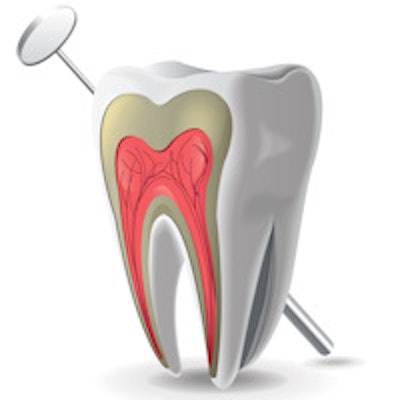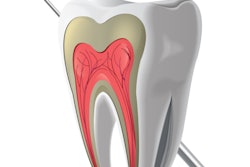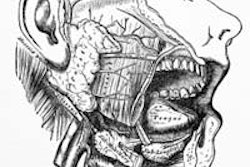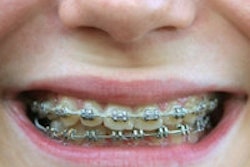
A new study has linked how long patients take bisphosphonate medication and the success of nonsurgical endodontic therapy. Researchers found patients who used zoledronate for less than one year had better outcomes than those who took the drug for longer.
The retroactive study looked at outcomes one year after root canal therapy for patients who received intravenous zoledronate (Zometa, Novartis Pharmaceuticals). Patients who used zoledronate for less than one year had fewer cases in which the therapy failed and also had more cases when it fully succeeded, according to the researchers from the Eskişehir Osmangazi University Faculty of Dentistry in Turkey.
"There was a strong relationship between the duration of bisphosphonate medication and endodontic success," wrote lead study author Omur Dereci, DDS, PhD, and colleagues (BMC Oral Health, February 1, 2016).
Link between root canal therapy and bisphosphonates
Medication-related osteonecrosis of the jaw (MRONJ), a condition in which there is persistent necrotic bone on the mandible and maxilla, can be a side effect of using bisphosphonates. Root canal treatment is recommended as a safe procedure to reduce the prevalence of osteonecrosis for patients who are on bisphosphonates, according to the authors. However, no other previous studies have looked at the long-term success of root canal therapy for these patients.
“There was a strong relationship between the duration of bisphosphonate medication and endodontic success.”
For this study, Dr. Dereci and colleagues compared the results of 37 teeth from 24 patients who had nonsurgical root canals between 2008 and 2012. All patients included in the study received 4 mg of intravenous zoledronate, a type of bisphosphonate, every three weeks.
The researchers evaluated how well the root canal therapy held up after one year by comparing the patients' clinical success and standardized digital radiographs. The clinical success of each patient was assigned one of three scores:
- Total healing: Asymptomatic, functional tooth with minimal or no apical lesion
- Functional healing: Asymptomatic, functional tooth with apical lesion
- Nonhealing: Symptomatic, nonfunctional tooth with or without apical lesion
Dr. Dereci and colleagues found that patients who had taken zoledronate for more than one year had significantly more "nonhealed" and only "functionally healed" teeth than patients who had taken zoledronate for less than one year. The study findings provide strong evidence that the success of nonsurgical root canal therapy is correlated with the amount of time a patient takes zoledronate medication, the authors noted.
 Data courtesy of "The effect of the duration of intravenous zoledronate medication on the success of non-surgical endodontic therapy: a retrospective study," BMC Oral Health, February 1, 2016.
Data courtesy of "The effect of the duration of intravenous zoledronate medication on the success of non-surgical endodontic therapy: a retrospective study," BMC Oral Health, February 1, 2016.Future research
Dr. Dereci and colleagues noted that the risk of medication-related osteonecrosis of the jaw increases progressively among cancer patients who received zoledronate. They pointed to a 2013 study that found that, although root canal therapy is considered safe for patients receiving bisphosphonates, the therapy may induce osteonecrosis of the jaw (International Endodontic Journal, May 2013, Vol. 46:5, pp. 391-398).
"Previous studies reported that surgical invasive procedures considered to be responsible for occurrence of MRONJ. Especially, the most common trigger factor for the development of MRONJ is dental extractions," Dr. Dereci said in an interview with DrBicuspid.com. "Therefore, we suggest an 'endo for prevention' approach for all patients receiving zolendronate."
The authors suggested future research should delve further into the likelihood that patients taking bisphosphonates develop medication-related osteonecrosis of the jaw after therapy. They also plan to continue following up with these same patients to eventually publish long-term results and to conduct another study with a larger sample size, which the authors listed as one of this study's biggest shortcoming.
"Duration of the zolendronate medication seems to be the key factor in success," Dr. Dereci said. "Moreover, root canal treatments should be considered as the principal treatment option even in severely compromised teeth, provided that adequate coronal seal is achieved."



















